 August 2019
Reinventing the space museum
August 2019
Reinventing the space museum
... eye, but is visible to many cell phone cameras. Just as the Juno mission uses special detectors to peer through the clouds of Jupiter and reveal the depths of its storms, you can ‘see’ lightning storms underneath this dynamic surface...
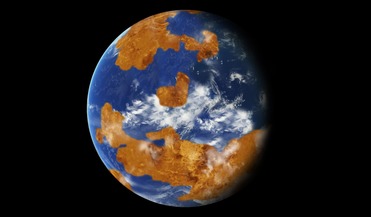 23 September 2019
Venus may once have had oceans says a new study
23 September 2019
Venus may once have had oceans says a new study
... stopped scientists from trying to take a peek beneath the clouds to see what lies beneath. The first successful Venus probe was the Mariner 2 spacecraft, which flew within 35,000 kilometres of the planet in 1962. Since then there have been...
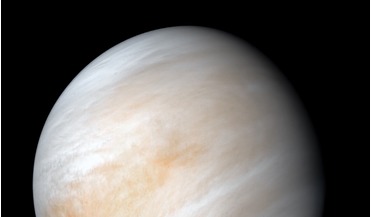 16 September 2020
Breakthrough Initiatives to fund a study into the possibility of aerial life in Venus' atmosphere
16 September 2020
Breakthrough Initiatives to fund a study into the possibility of aerial life in Venus' atmosphere
...of primitive life in the clouds of Venus. The study is inspired by the discovery announced yesterday, of the gas phosphine, considered a potential biosignature, in the planet’s atmosphere. The science team undertaking the research will comprise world...
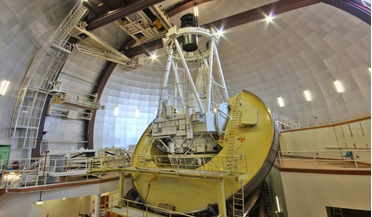 18 April 2018
Ambitious Galactic survey to help find Sun's lost family
18 April 2018
Ambitious Galactic survey to help find Sun's lost family
... thousands of other stars, so somewhere out there is the Sun’s ‘lost siblings.’ Stars from the same cluster should inherit the same characteristics of the cloud it collapsed from, so the same chemical elements in roughly similar amounts. Identifying...
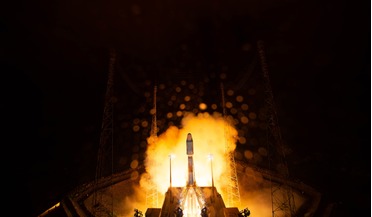 18 December 2019
After delays, ESA’s exoplanet mission launches successfully
18 December 2019
After delays, ESA’s exoplanet mission launches successfully
..., Cheops will be able to reveal details about their atmosphere including the presence of clouds and possibly even hints of the cloud composition. The mission also has the capability to discover previously unknown planets by measuring tiny variations...
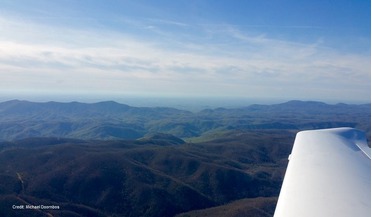 June 2015
Preventing pilot spatial disorientation
June 2015
Preventing pilot spatial disorientation
... entering a shallow dive until his wingman made repeated calls to him over the radio. “Where are you headed, lead?” They broke through the clouds and he pulled up. At that moment, Jerry realised he had somehow threaded his...